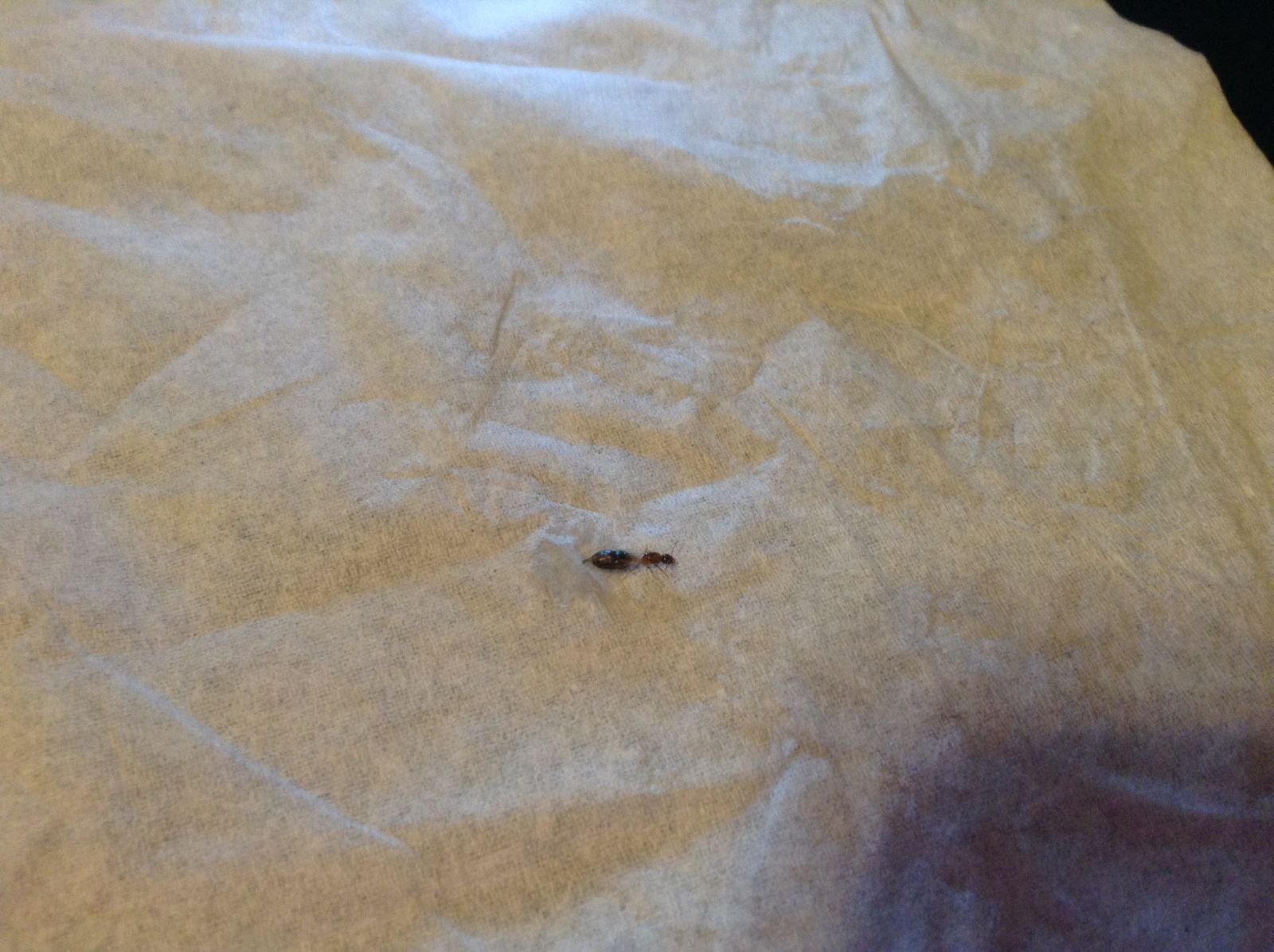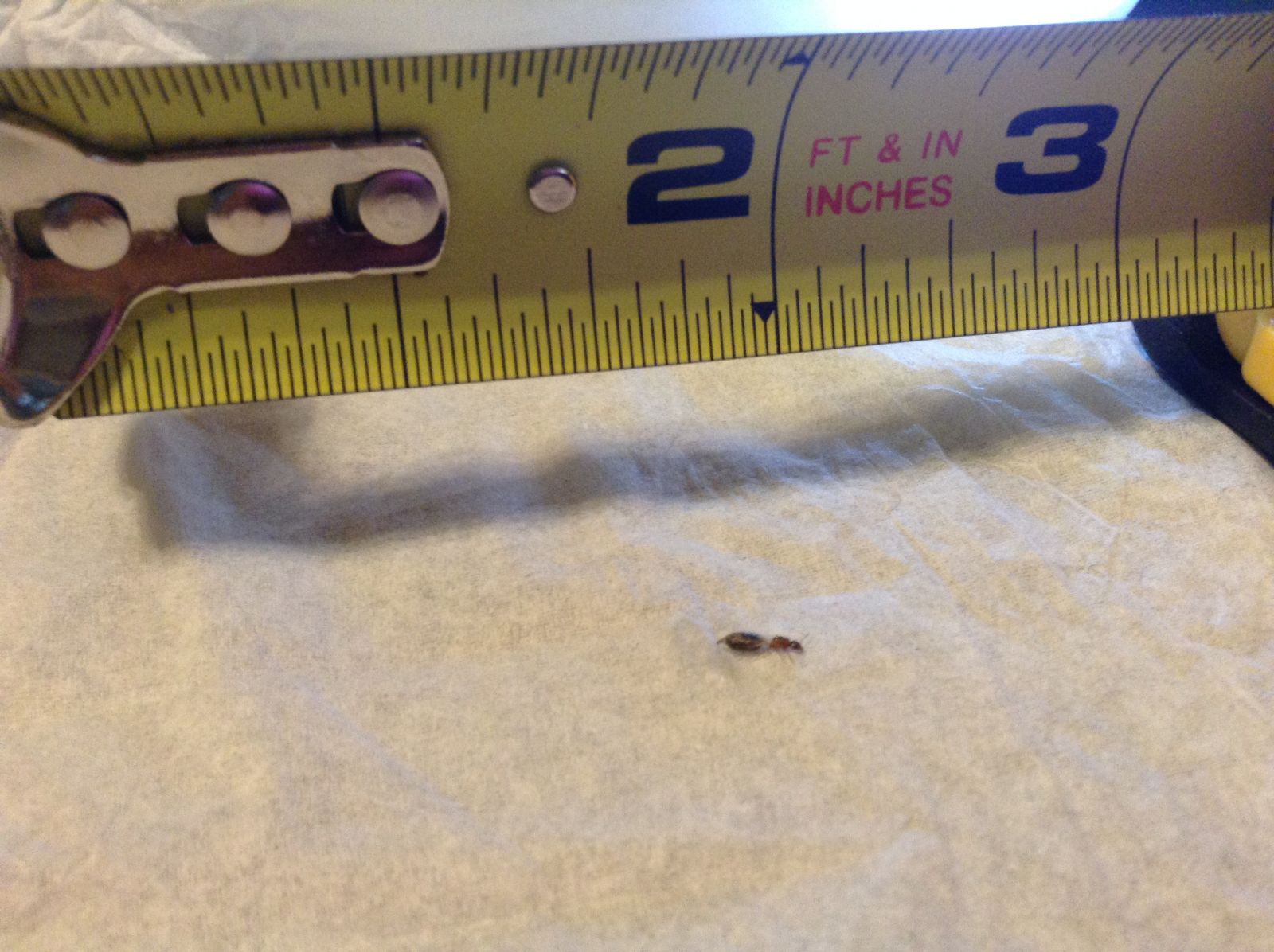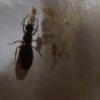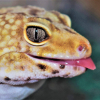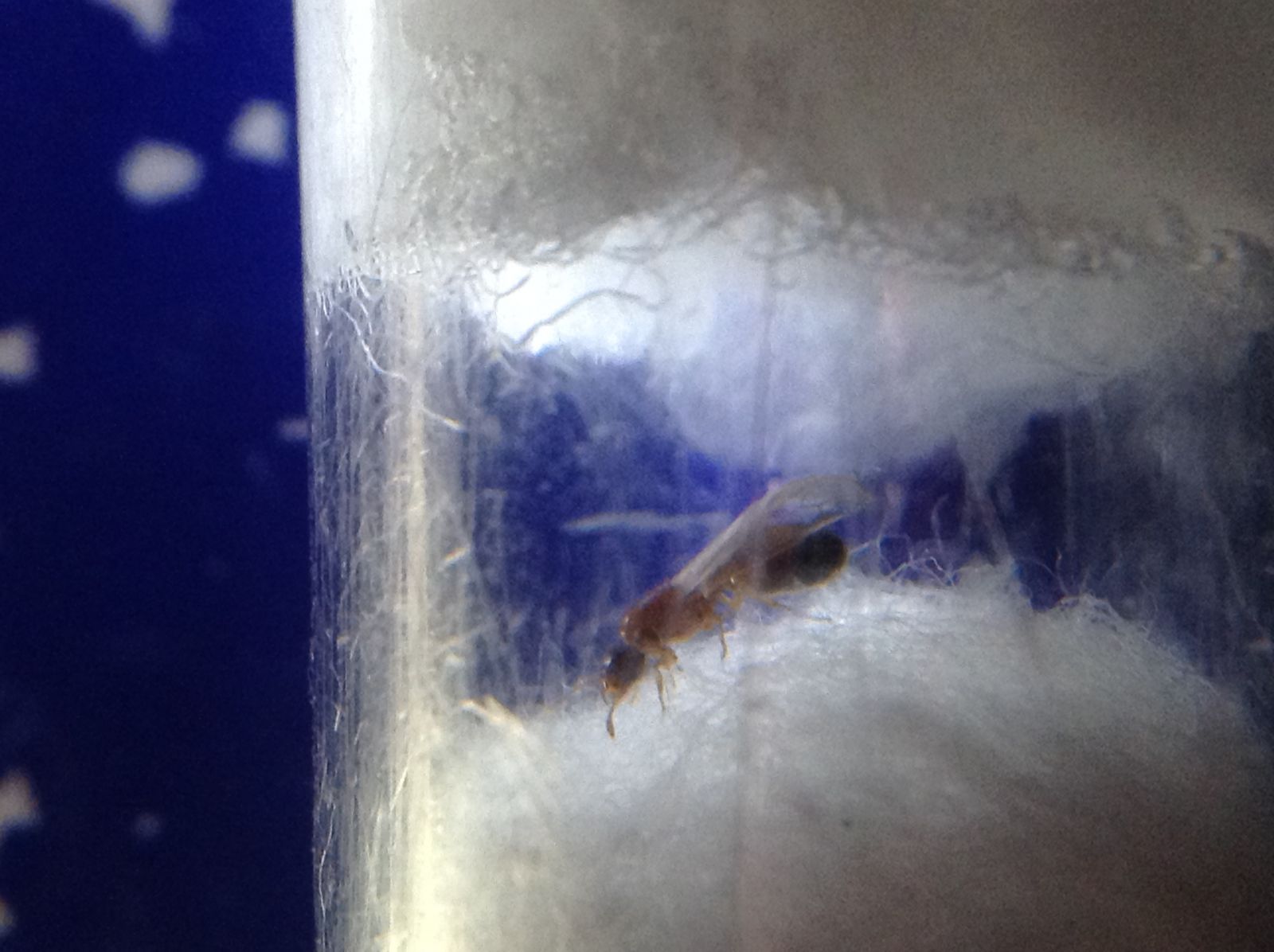Queen/Drone 1,2,3
1. Location: Soutthern NY
2. Date Of Collection: 8/3/17 (4:00 to 5:00 PM)
3. Location Of Collection: Pool
4. Length: Around 7mm
5.Coloration: Fully red
6. Distinguising characteristics: Oval-ish shaped head
I'm pretty sure that these are all drones ( They have a long narrow gaster, like a drone). But they seem too big and don't have a small head like drones do.
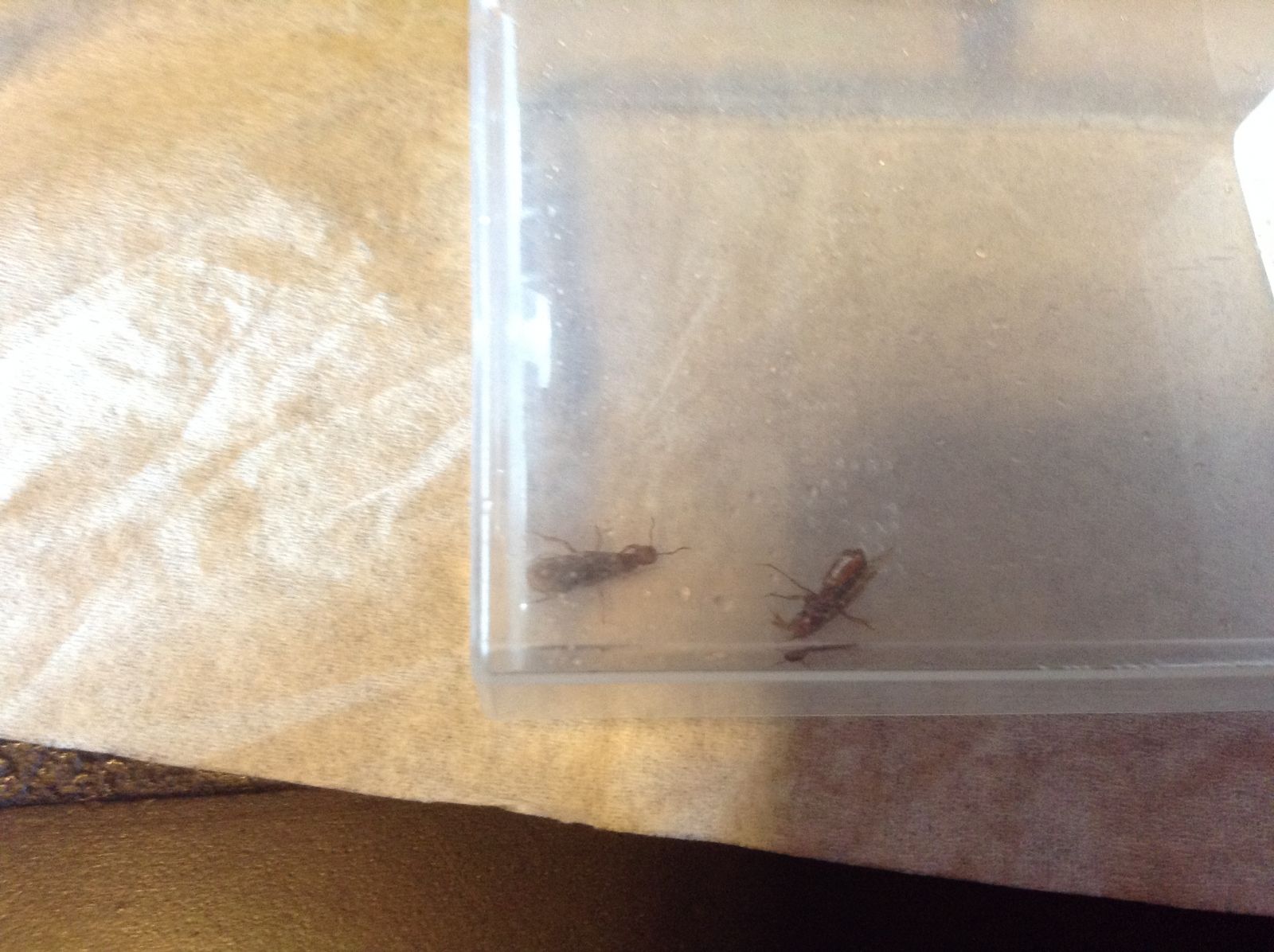
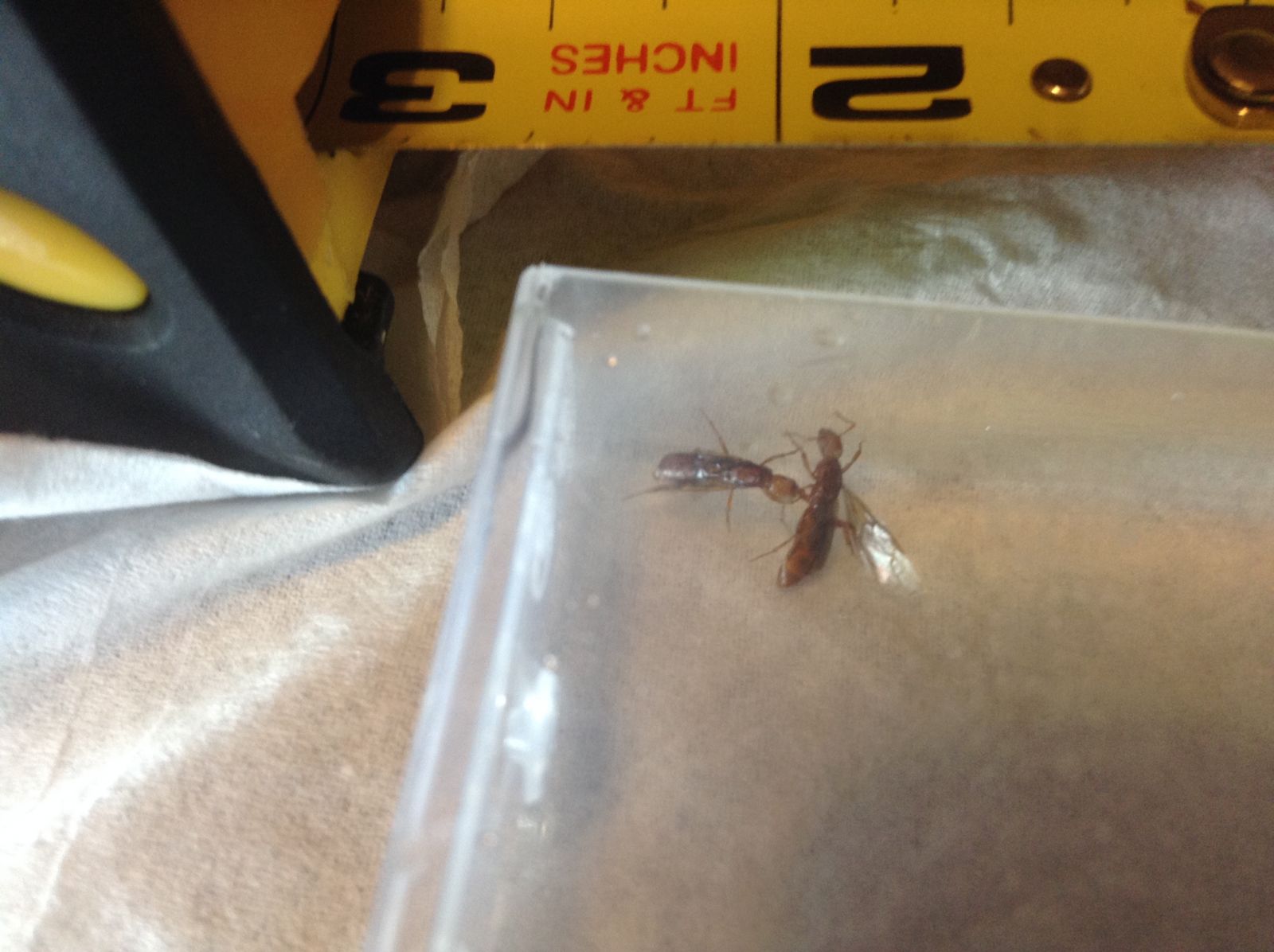
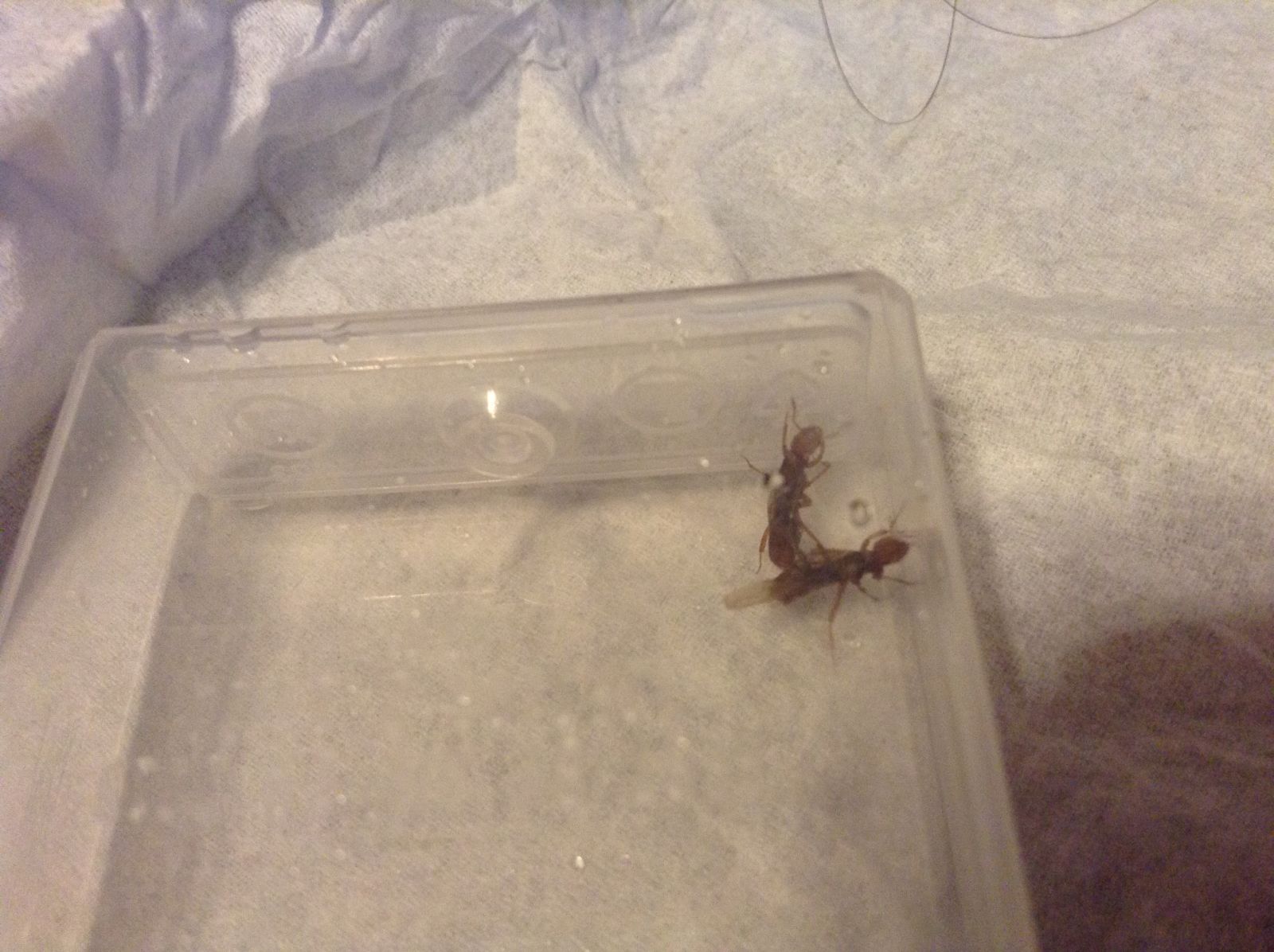
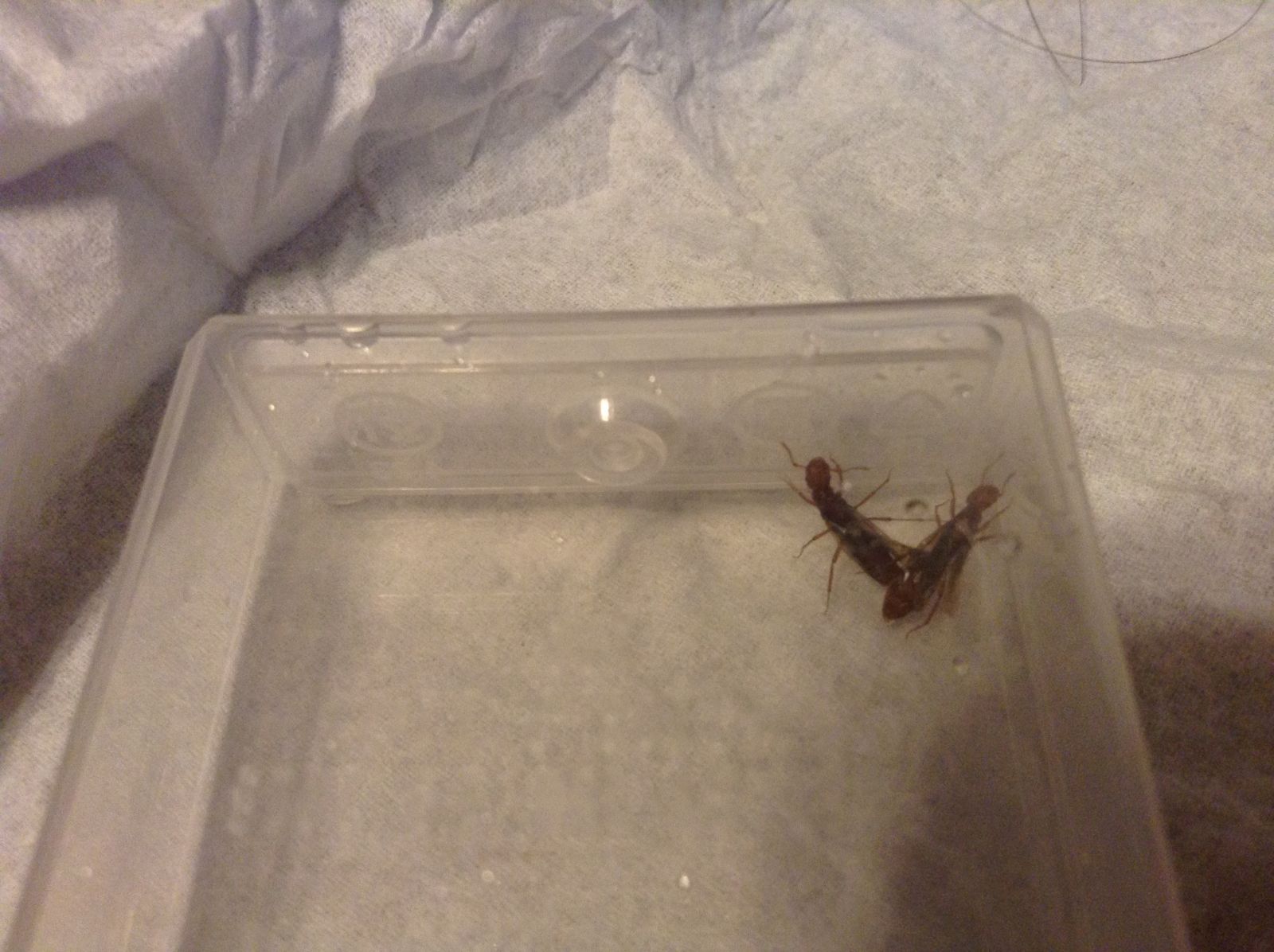
3.Location Of Collection: Pool
4. Length: N/A ( Check Picture)
5. Coloration: Black head and gaster
